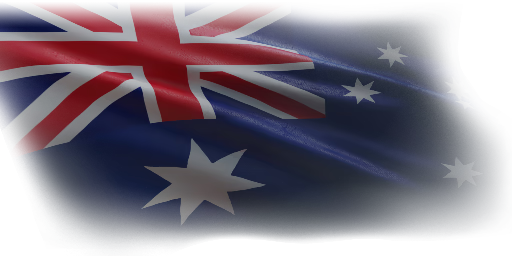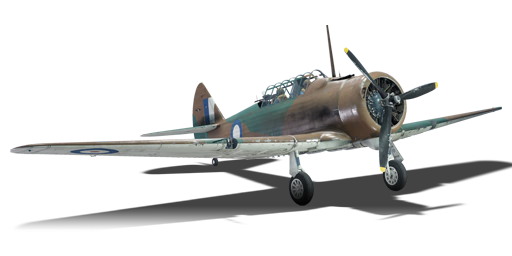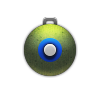




In 1936, the Royal Australian Air Force began evaluating foreign-designed aircraft for local production and established the Commonwealth Aircraft Corporation to oversee production. Based on the NA-16 airframe obtained from the United States, the CAC CA-1 Wirraway entered production in March 1939 following the new requirement for a fighter produced locally in Australia placed in 1936, although actual production proceeded at a leisurely pace. When the war started in September, the RAAF had only six Wirraways. The Wirraway was manufactured right up to the end of the war in several series. The first series CA-1 (Mk 1) was built from March 1939 to February 1940; a total of 40 aircraft. Throughout 1942, Wirraways were pressed into combat from the New Britain Islands to the Eastern tip of New Guinea, being used as light bombers. Once the Allied forces took the offensive in the Pacific theatre, the requirement for Wirraways began to diminish rapidly. The aircraft were transferred back to training units and after the war served as civilian aircraft. The Royal Australian Air Force finally flew its last Wirraway flight in 1959.
It has been in the game since the start of the Open Beta Test prior to Update 1.27. The Wirraway (Great Britain) represents a version serving in the Australian Air Force. The Wirraway is characterised by its heavy payload, high manoeuvrability, and very low speed. It is an easy handling aircraft, effective for its rank and is affordable with Golden Eagles, which makes it a good starting plane for beginners. The two machine guns are very accurate and have very fast rates of fire. The Wirraway is ideal for strafe attacks on lightly armoured ground targets, while the plane's heavy bomb load can destroy more heavily defended ground targets. The lack of a bombing reticle, in realistic battles, makes level bombing very inaccurate and impractical. It has an impressive payload of 2 x 500 lb bombs and 2 x 250 lb bombs, making it devastating to ground units. Additionally, the Wirraway's cockpit offers great visibility which is great for simulator battles, but has little pilot protection.
flaps
flaps
flaps
brake
| Belt | Belt filling | Armor penetration (mm) at a distance: | |||||
|---|---|---|---|---|---|---|---|
| 10 m | 100 m | 500 m | 1000 m | 1500 m | 2000 m | ||
| T/AP/IAI/AP/I | 13 | 12 | 7 | 3 | 2 | 0 | |
| T/AP/IAI/AP | 13 | 12 | 7 | 3 | 2 | 0 | |
| T/T/T/AP | 13 | 12 | 7 | 3 | 2 | 0 | |
| I/AP/AP/AP/IAI | 13 | 12 | 7 | 3 | 2 | 0 | |
| Belt | Belt filling | Armor penetration (mm) at a distance: | |||||
|---|---|---|---|---|---|---|---|
| 10 m | 100 m | 500 m | 1000 m | 1500 m | 2000 m | ||
| T/AP/Ball/Ball/I | 13 | 12 | 7 | 3 | 2 | 0 | |
| IT/AP/AP/AP | 13 | 12 | 7 | 3 | 2 | 0 | |
| IT/AP-I/AP-I/AP-I | 13 | 12 | 7 | 3 | 2 | 0 | |
| Name | Weight | Slot | ||||
|---|---|---|---|---|---|---|
| 104.3 kg |  |  |  |  | ||
| 213.1 kg |  |  | ||||
| 222.3 kg |  |  | ||||







 2 x (20 / 30 / 70) %
2 x (20 / 30 / 70) % 
 2 x 100 %
2 x 100 % 

Flight performance | |
|---|---|
Survivability |
|---|
Weaponry | |
|---|---|